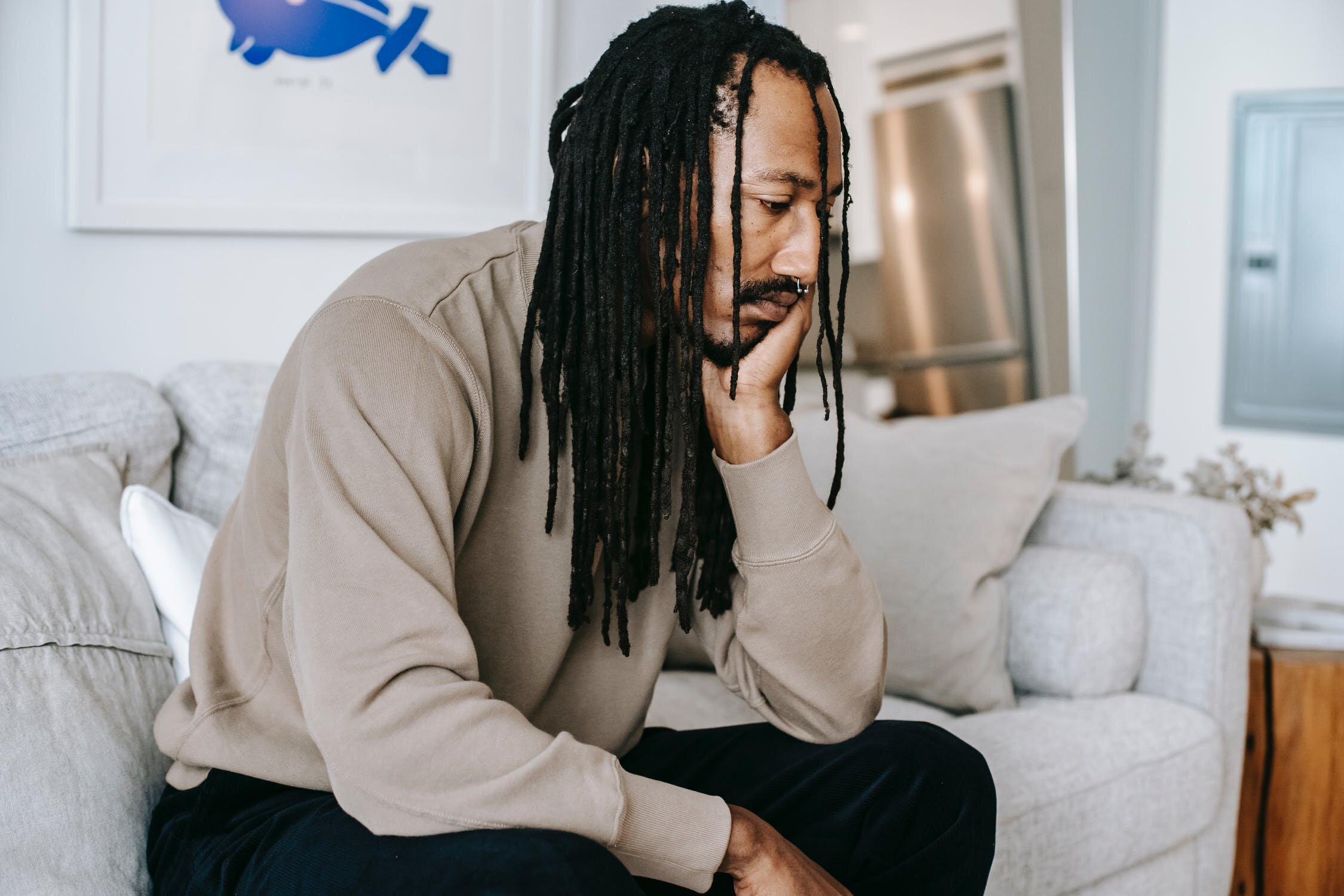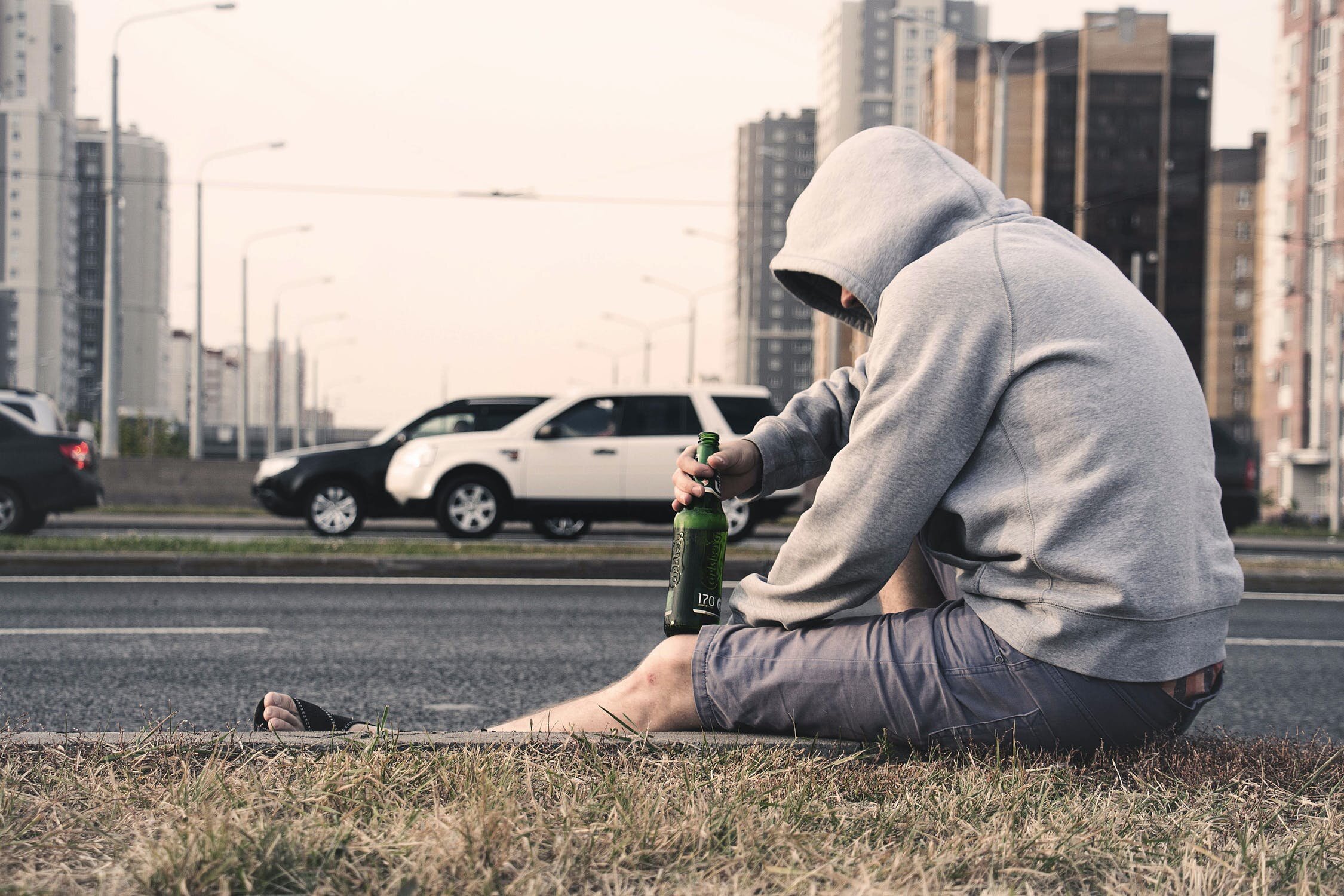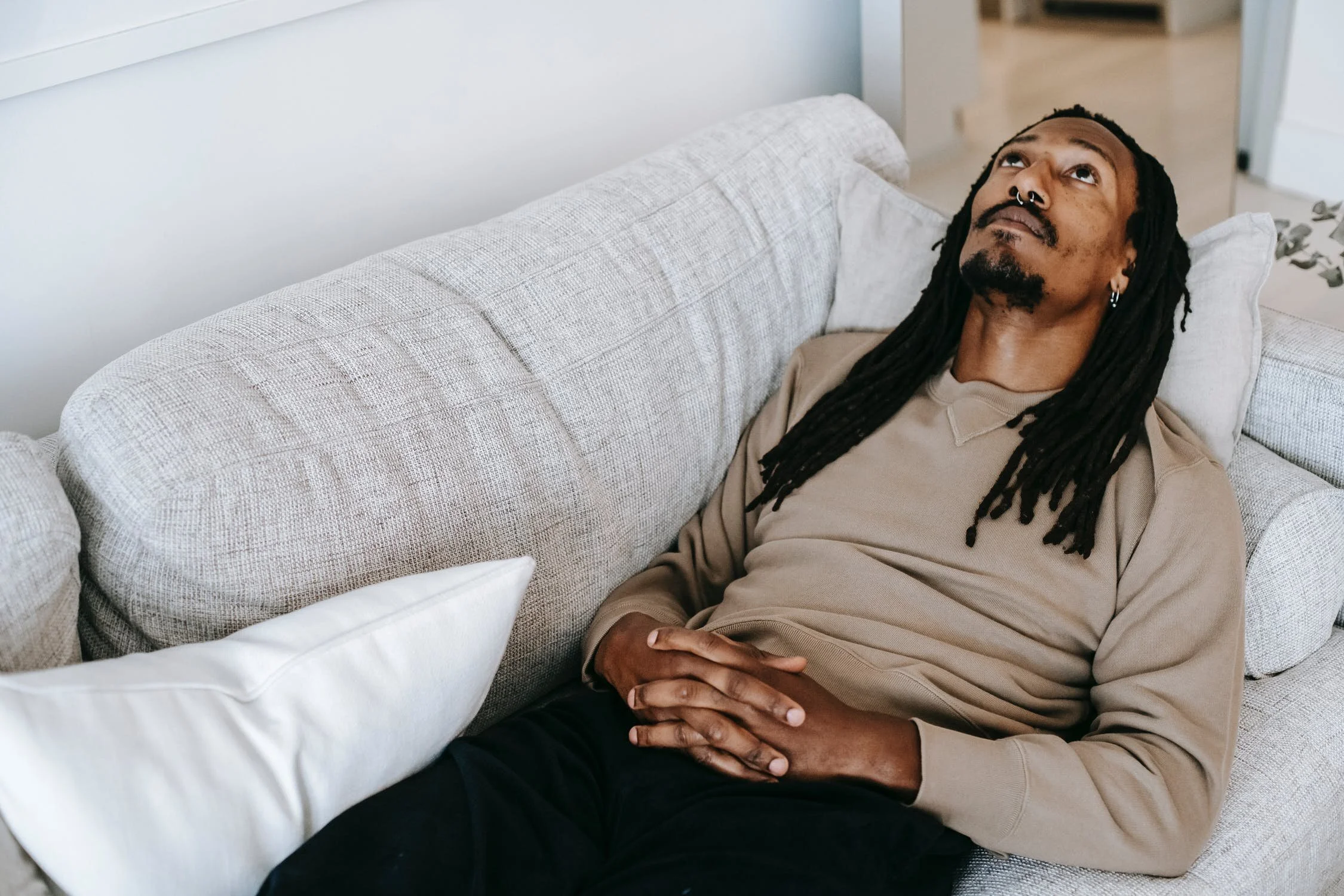How to Start Therapy for Anxiety in 2021
Image courtesy of Negative Space.
We’ve all heard therapy is good for us, but for those of us thinking of trying it out, there are few resources out there that explains how it works, what its purpose is, or how to do it. This is why I wanted to present you all with a practical guide to therapy that explores:
Why we need anxiety therapy
What anxiety therapy does for us
The two main anxiety therapy methods
How to best practice these therapies
Image courtesy of Alex Green.
WHY DO WE NEED THERAPY
It’s no secret that our collective mental health has taken a turn for the worse. Most of us are experiencing more anxious symptoms, like nausea, rapid heart rate, restlessness, and intrusive thoughts far more often.
As discussed in a previous article, this is because we’re spending much more time worrying; when we worry, it stimulates the part of the brain that creates adrenaline, leading to anxious symptoms. The more we worry, the worse the symptoms become.
Aided by the sharp increase in bad news over the last half year and the increased time we have spent alone with our thoughts, many of us have been spending a lot more of our time asking ourselves whether we have COVID, imagining what it’d be like if we were hooked up to a hospital ventilator, or immersing ourselves in bad news.
Image courtesy of rebcenter moscow.
Many of us have been trying to manage the symptoms of our worrying through chemical intervention - whether through antidepressants, benzos, alcohol, or CBD - and (naturally) finding we only get some mild, temporary relief. But rather than managing the symptoms, we can hit the problem at its core and reduce how much we worry through therapy.
WHAT THERAPY DOES FOR US
This is the goal of therapy - to help us recognize how much time we spend worrying and give us techniques to do so less often. When we stop worrying, we cut off the adrenaline-based mechanism that causes us to experience anxious symptoms. In time, this leads to a consistent, healthy, and safe reduction in these symptoms, a reduced adrenaline load on the body, and a quality of life increase that comes with cutting out excessive worrying.
In this way, therapy is a lot like going on a diet - we recognize the times when we’re overly indulging in something that’s unhealthy for us, whether worrying or eating, and make efforts to reduce them. With the consistent choice to cut back and enough time, our body returns to a healthy baseline.
Image courtesy of VisionPic.
THERAPY METHODS
Much like there are a few different camps in the world of dieting (intermittent fasting, keto, calories in calories out, etc.), there are two competing camps in therapy for worrying.
The first camp sees worrying as a mindless unhealthy habit - one that we engage in without really thinking about it. Thus, therapies in this camp focus on providing techniques that help us recognize when the urge to mindlessly worry comes up, and answer those urges while we shift our focus to something else.
The most common therapies based on this idea are Mindfulness-based Cognitive Therapy (MBCT) and Acceptance and Commitment Therapy (ACT). Though different in name, these therapies are the same in practice. Some books I recommend on the subject (besides my own) are The DARE Response by Barry McDonagh and Hope and Help for Your Nerves by Claire Weekes.
Image designed by Michael Ponce.
The other camp sees worrying as a logical choice, and focuses on changing that logic so that we choose to worry less often. The two most common therapies of this sort are Cognitive Behavioral Therapy (CBT) and Dialectical Behavioral Therapy (DBT), both of which have a substantial amount of overlap. These therapies give little in the way of short-term strategies, but are much more robust long term.
While I take a deep dive into such methods in my own book, the gold standard on the subject is David Burns’ Feeling Good: The New Mood Therapy.
Image courtesy of David Burns.
In truth, there are times when we worry mindlessly, but there are other times when worrying is a calculated choice. For this reason, some combination of these two camps leads to the most efficient and effective recovery, though the combination of methods that suits us best will differ based on the individual.
Note, there are a few other therapies out there besides the ones mentioned above that might be worth trying. Just remember, to do their job in reducing anxious symptoms, therapy methods have to focus on our mental behavior and give us strategies to adjust our thinking. Any therapies that try to circumvent or avoid this process will have limited benefits.
HOW TO PRACTICE THERAPY
These are the what and the why. Now, on to the how.
Many of us imagine therapy as being a once a week session guided by a psychologist or counselor. But while such sessions can be a helpful supplement, they are not what comprises the bulk of the “therapy” experience.
If we think of therapy like dieting, then therapists are like dieticians - people who are there to explain the basics and make a plan with you, give you some general guidelines for how to follow that plan, and check up with you once every few weeks to course-correct. But these consultation sessions are not a necessity for the average person, and they are not the therapy itself.
Image courtesy of Alex Green.
The “doing” of therapy is in practicing the exercises that help us worry less. In the case of MBCT and ACT, this will mean using certain techniques to recognize every time we’re mindlessly worrying, then using another set of techniques to answer the urge to worry further - an exercise that takes less than a minute, several times each day.
In the case of CBT and DBT, the process is deeper and takes more time, requiring us to piece apart the logic in our worrying and figure out exactly why we’re doing it. For this reason, CBT and DBT are often done in a journal, a few times a week.
Once we have a grip on one kind of therapy technique and begin seeing results, it’s best to add in another therapy from the competing camp - for example, beginning with MBCT and working in CBT, or starting with DBT and rounding out with ACT.
Image courtesy of Jessica Lewis.
WHAT TO EXPECT
Naturally, changing old habits around excessive worrying and adopting new ones that help us prevent worrying takes energy and causes some discomfort, especially when first starting out. But within as little as a few days, and then gradually more in the following weeks and months, we become more comfortable with worrying less, causing our symptoms to decrease in strength until they go away entirely.
Personally, my worst anxious symptoms went away in around a month and a half, but with the guidance of my book, I have seen some individuals reach the same point in just a few weeks.
If you’re interested in understanding more about anxiety, therapy, and the recovery process, you can check out my book on Amazon. It releases January 5th and makes a great addition to your other health-related new year’s resolutions. Otherwise, feel free to (F)ollow me on my soc(I)als.
For all of you out there starting your journey to recovery, I wish you godspeed and good luck in the coming year.







